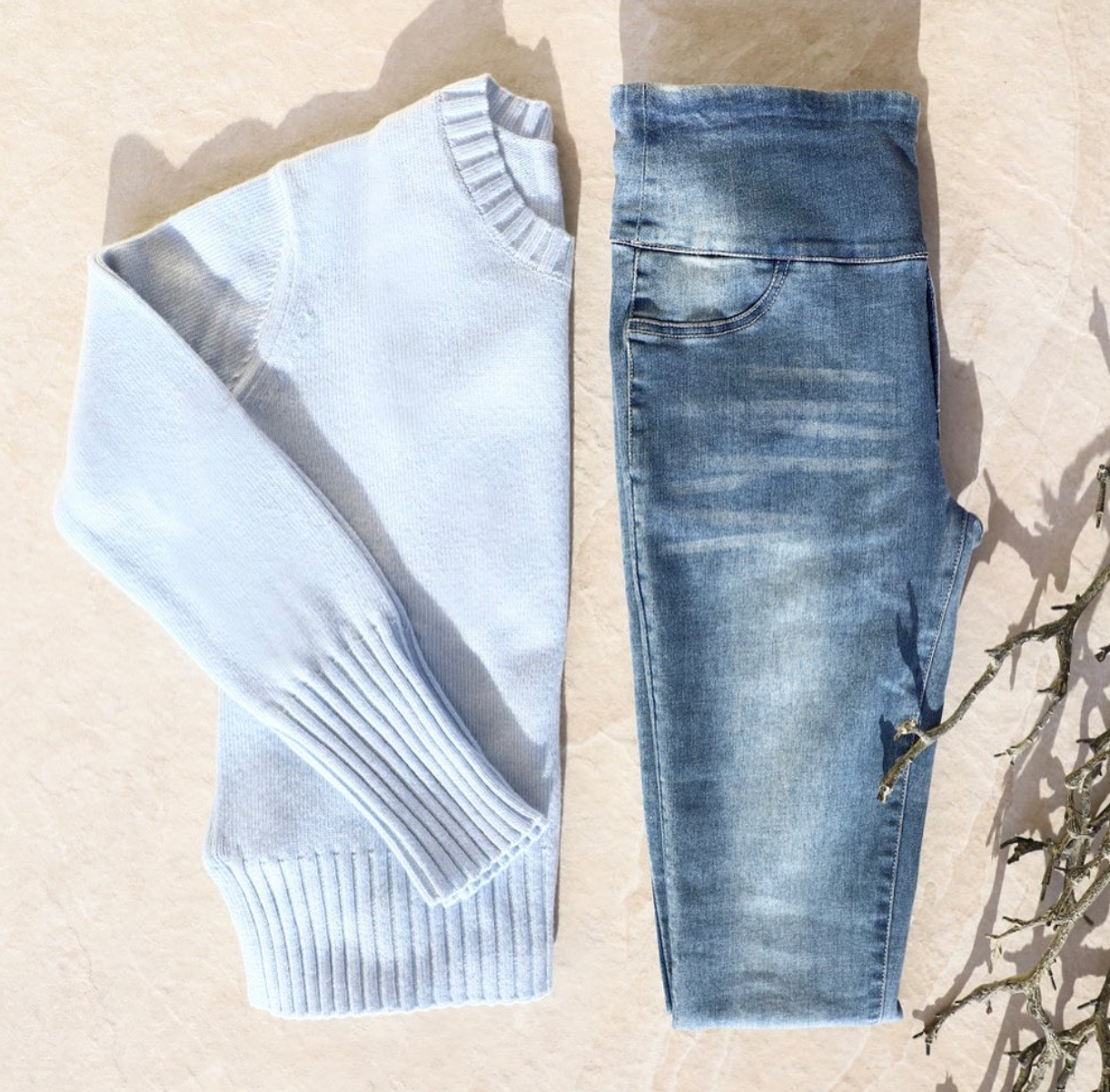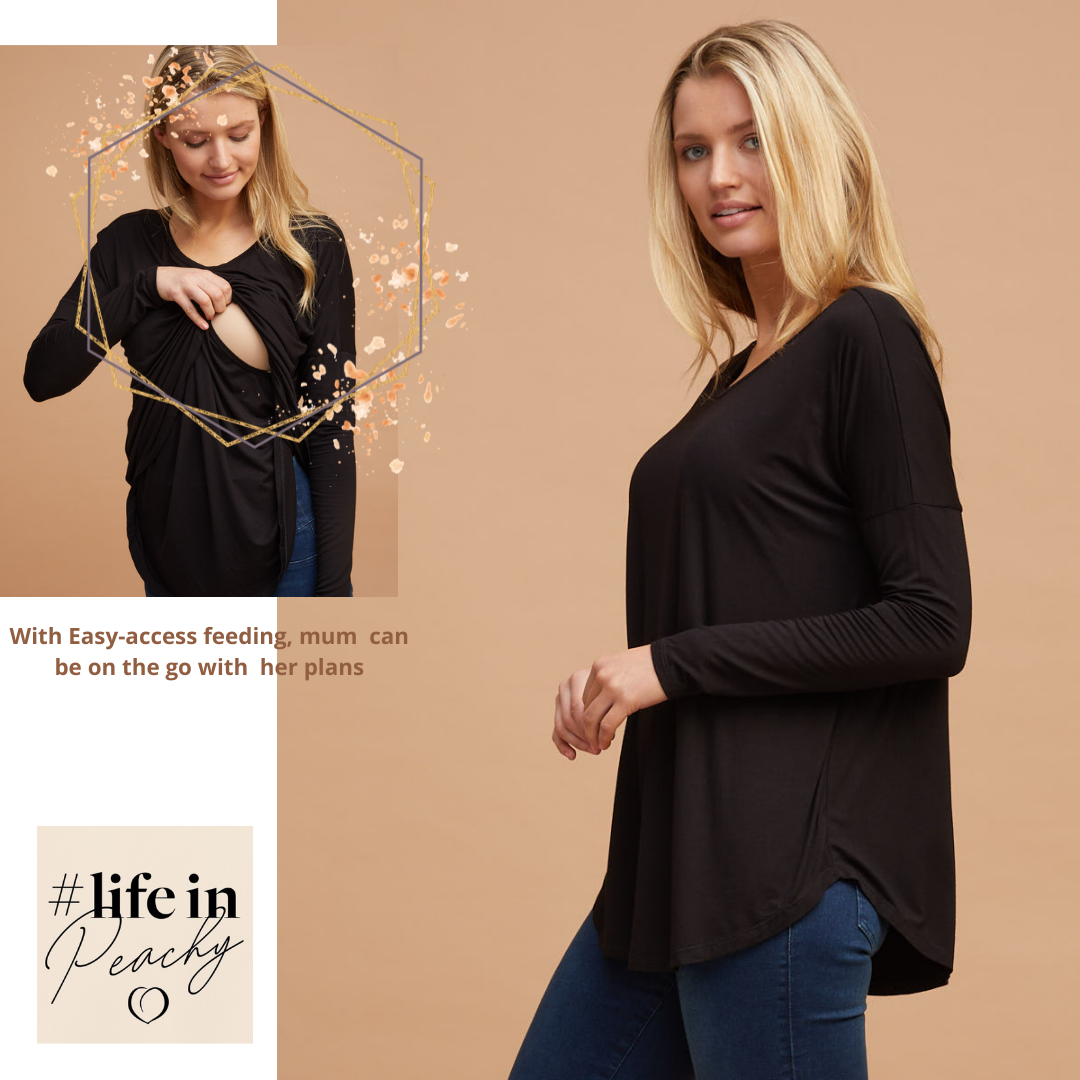
You might try to be the diligent, organised mum who remembers to pack everything into the nappy bag or backpack, but it’s just not possible to be perfect all the time. There are snacks to remember, nappies, wipes, changes of clothes, toys, wraps, hats and blankets to pack, so you can easily be forgiven for forgetting their water bottle occasionally.
Thankfully, unlike those other specialty items, it seems you can buy a bottle of water just about anywhere and so it’s not such a deal grabbing one from the vending machine or corner store when you’re out. Bottled water is something that seems to be in abundance these days, and everywhere you look people are drinking out of disposable bottles, but are they really a smart choice for your kids?
The Facts About Bottled Water Consumption in Australia
It’s hard to avoid the disposable water trend happening across the globe and Australia, in particular, is one of the biggest consumers of these plastic bottles. According to Cool Australia, we purchased over 726 million litres of bottled water in 2015 alone with that number surely rising since then.
With the average cost of bottled water being around $2.75 a litre, we spent up to $2 billion of plastic water bottles. The sad thing is, we have access to some of the cleanest drinking water on earth for free, but many of us still choose the disposable bottle route. Tap water from home costs a fraction of a cent per litre, and if you drank the same quantity of tap versus bottled water over the course of a year, you could expect to pay just $1.50, compared to $2,800.
Not only is bottled water expensive, but it’s harmful to the environment. You might not realise it when you hold the finished product in your hands, but to meet the demands of the 726 million litres we drank in 2015, over 460,000 barrels of oil were consumed to create and transport them. Over 60,000 tons of greenhouse gases are produced each year because of this, and on top of all these, there are numerous chemicals used to create the bottles and treat the water.
What Are the Negative Health Impacts of Bottled Water?
These shocking facts aside, as mothers we likely find it more important to focus on the potential health risks of bottled water. Although hydration is important and water is the healthiest choice of drink for our children, there’s nothing that bottled water can offer than tap water from your home can’t.
The state health departments in your area are responsible for making sure your water is clean and hygienic, so there’s always someone watching over it. Some localities in Australia also have added fluoride to their water supply which can help prevent tooth decay and dental problems in children.
Most importantly, not drinking out of a plastic bottle has other benefits for children, as we know that plastic is a carcinogen in itself. A regular plastic water bottle undergoing wear and tear or exposure to UV rays can result in the outer layers of plastic breaking down and contaminating the water. Anyone with kids will know just how often their water bottles are taken outside in the sun or thrown around, so this is a terrifying thought to have.
How to Help Yourself To More Tap Water
There are going to be times in life when we just can’t help it but to look elsewhere for water, as we either run out or forget to bring the water bottle along. However, some alternatives might be healthier and less damaging to the environment and your children. Ask a shop for a glass of water, find public water drinking taps, or spend a few dollars extra and purchase a glass bottle of water that you can take home, reuse, and recycle.
If you find that your tap water at home doesn’t taste as clear and clean as bottled water, there are some things you can do to improve it. Try to boil your water first and then cool it before drinking, or invest in a simple water filter bottle or device that can attach to your tap and filter the water as it comes. These can make a huge difference in the taste of your water and may be enough to change your bottled water-buying habits.
To get your kids involved, think about investing in a special water bottle just for them, made from environmentally friendly and healthy materials. This can motivate them to drink more water at home and leave behind the wasteful and potentially harmful plastic bottles we use so much.
For more articles on your general health and wellbeing and that of your little ones, click here to explore other posts on the Peachymama blog.
Further Reading:
https://www.cosmopolitan.com/health-fitness/a10365779/plastic-water-bottles-bad/
https://www.coolaustralia.org/bottled-water-secondary/


